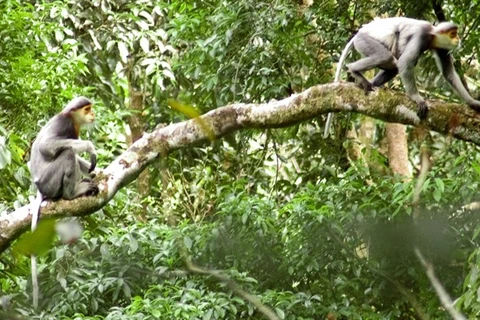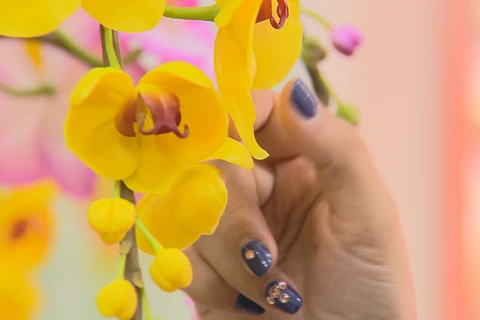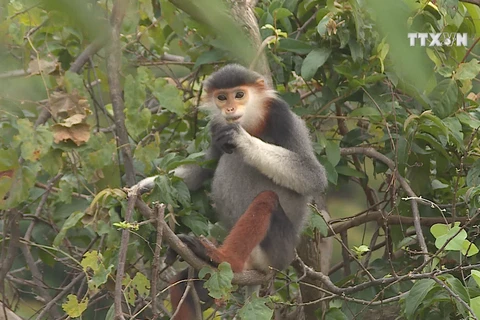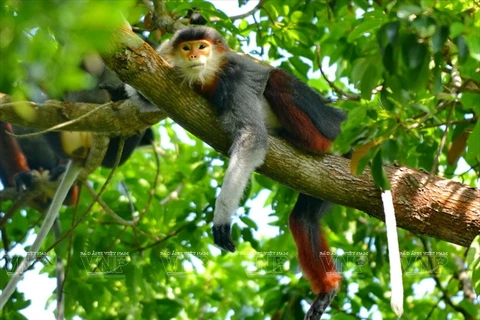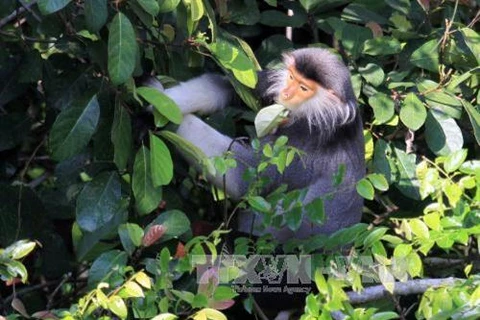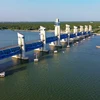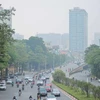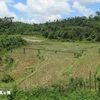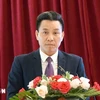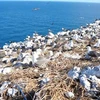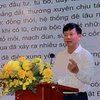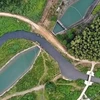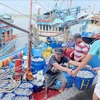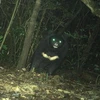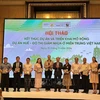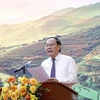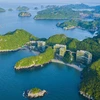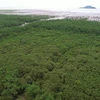Thua Thien-Hue (VNA) – The central province of Thua Thien-Hue has issued an emergency action plan to conserve primates by 2025, with a vision to 2030, focusing on local national parks, reserves and natural forests.
In this plan, Thua Thien-Hue aims to improve the awareness of primate conservation among agencies, organisations and communities, especially people residing in the buffer zones of national parks and reserves.
It looks to promote relevant agencies’ law enforcement and sense of responsibility to protect primate species and their habitat and minimise the poaching, trading and consumption of primate products. The province also hopes to improve local conservationists’ capacity, especially species identification, rescue and monitoring skills.
[Photos: Vietnam makes efforts in wildlife protection]
To that end, Thua Thien-Hue is set to step up conservation education programmes to raise public awareness and better law enforcement efficiency and sense of responsibility of agencies and communities.
Forest management units will include primate conservation activities into their plans. While research activities will be increased, science and technology will be further applied in surveying and monitoring activities to support the conservation.
The province will also enhance cooperation with domestic and foreign partners in this work, according to the emergency action plan.
Bach Ma National Park in Thua Thien-Hue has recorded nine primate species, accounting for 36 percent of total primate species in Vietnam and 60 percent of those in the central area of Truong Son Range. All of them are classified as rare.
Meanwhile, Phong Dien Nature Reserve harbours eight primate species, three of which are indigenous to Vietnam, namely red-shanked douc (Pygathrix nemaeus), pygmy slow loris (Nycticebus pygmaeus) and northern white-cheeked gibbon (Nomascus leucogenys).–VNA
VNA

